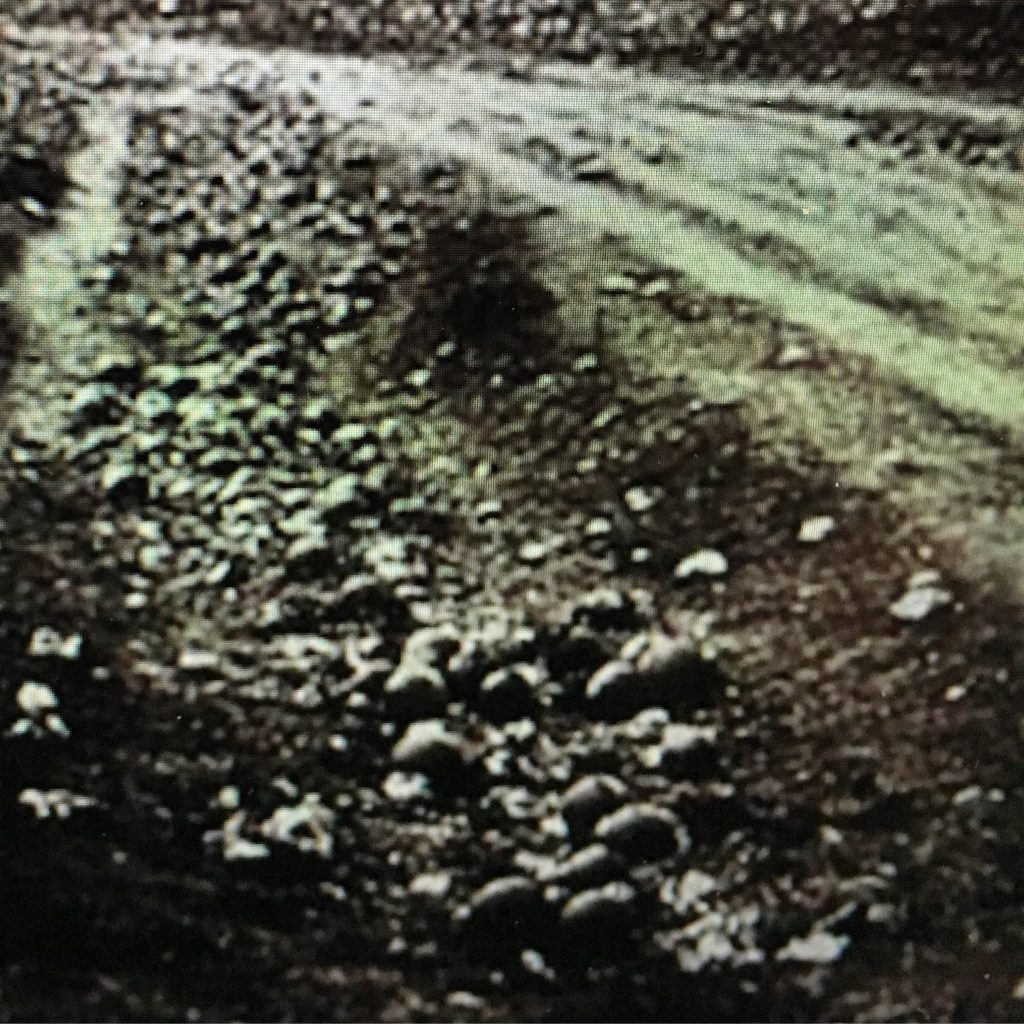This morning here in London I walked and watched and thought for awhile. Rain was predicted but the sun was still shining and I enjoyed that moment, almost like a reprieve. As I was walking I suddenly realised that I’d how much I’d been struggling with the question of how to show my work. And while I know this is crucial, I felt a strong urge to make work again. They shouldn’t be opposites, but for a minute they felt that way.
Your image reminds me of Ulrich Baer’s attempt to link photography and trauma. How an image of an empty landscape can reflect upon trauma that has previously taken place in that location. At the same time, as a viewer, one is forced to see that there is nothing to see. In many ways this is exactly the opposite of the image of Zoya Kosmodemyanskaya, which shows trauma, rather than its abstraction.
Of course, an image is by definition always a slice of time. Photography’s everlasting crux. With Fenton the image is deliberately – or necessarily – disconnected from the trauma itself. This disconnect forces us to approach the issue differently, introducing the concept of time, memory, and forcing us to face our preconceived positions.
Roger Fenton’s early war landscapes come to mind. He does not photograph the bodies of Crimean war dead, but captures the landscape of Sevastopol; cannonballs as evidence of battle. Tennyson’s Charge of the Light Brigade, his valley of the shadow of death, now captured on glass.
Fenton intervenes. We have two nearly identical images of the valley, one with cannonballs on the road, and one without.
/// #image_by_image is an ongoing conversation between photographers Ivan Sigal and Anton Kusters. @ivansigal and @antonkusters on Instagram ///
